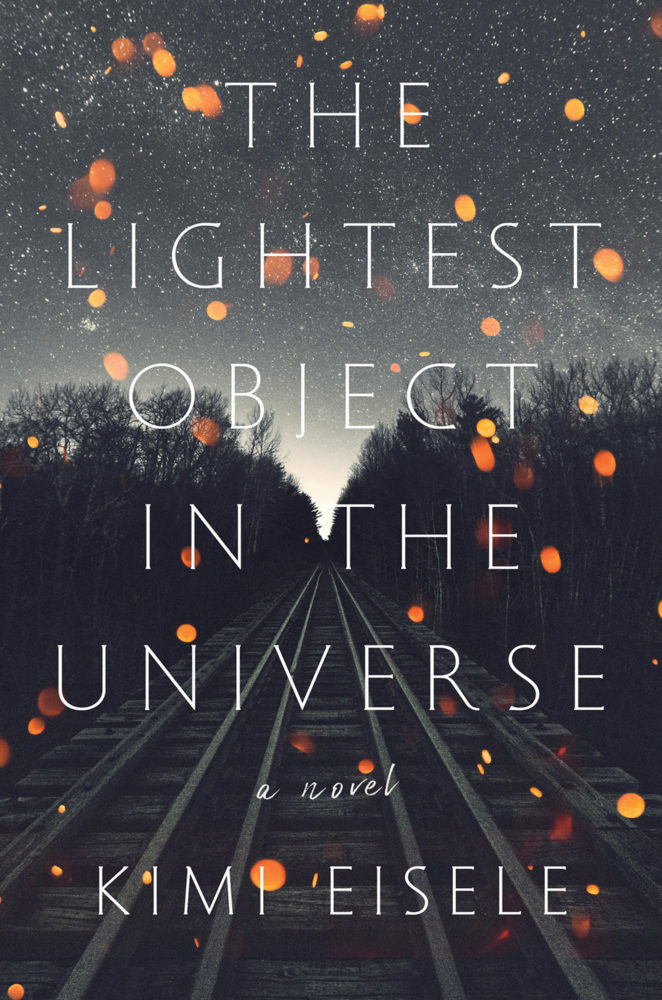Last spring, a writer I know got a contract with a small press to publish her book. When they sent her some preliminary cover designs, she was crestfallen. She didn’t like the colors or the typography or, really, anything about them.
“I mean, I think maybe an intern did them,” she said. “And not a design intern, either.”
Nothing against interns or small presses with limited budgets, but the designs she showed me were pretty awful. To set things right, she used a photograph she’d taken, which she loved, and made up her own design with it. Fortunately for her, the publisher was agreeable to this, and the cover of her book is now, to my eye and hers at least, beautiful, absolutely worthy of her wonderful writing.
Not everyone gets to design their own cover, of course. As an author, how much say you’ll have in what your book ultimately looks like depends on who’s publishing it. Bigger publishing houses have art departments and design teams made up of professional artists and often get the final word.
But you may have more say than you think.
 I sold my debut novel, The Lightest Object in the Universe, to Algonquin Books, an independent publisher that has an art department, one that hires freelance designers to ensure variety in the appearance of their titles.
I sold my debut novel, The Lightest Object in the Universe, to Algonquin Books, an independent publisher that has an art department, one that hires freelance designers to ensure variety in the appearance of their titles.
My experience was different than my writer friend. When they emailed me the proposed cover design for my novel, I felt like I’d won the jackpot. It gleamed on the screen. It captured the essence of the story in one small rectangle. I wanted to step into the image, which captured both the lightness and darkness my novel aims to evoke.
But it wasn’t all luck. I did a few things to help the process, which you can and should do, too. Because no matter how stellar your story or polished your prose is inside the book, the cover also really does matter.
1. Survey Covers You Love and Notice What You Love About Them
Beautiful books are works of art, inside and out. For my own process, I let favorites from decades past come to mind and I sought out examples of contemporary titles I loved. Literary Hub runs a monthly round-up of best book covers as voted by designers, along with an annual version too. Viewing these covers all in one place is a great way to start paying attention to styles, colors, typography, and the overall “feel” of a book.
Pete Garceau, who has designed over 1500 book covers—including mine—said he looks at other book designers’ work all the time. And not just online. “Going into an actual bookstore is another great way to get inspired,” he said. “There you’re seeing things that you might miss on a digital version, such as special effects.”
2. Identify Strong Visual Images in Your Book
Full disclosure, I’m also a visual artist, so I pay attention to visual details in the world and in books. And as we know, strong writing comes from strong images. I went through my book, pulled out visuals from the story, and wrote them down. My list had all kinds of images on it, from simple nouns like “bicycles” and “ravens” and “oranges,” to passages in the book, like, “She instructed the students to draw a map of the world on the orange… Once their maps were drawn, she had everyone peel their oranges—in one piece, if they could—and then press the peel to the table.”
Think like an artist. Close your eyes and travel through your story. What do you see? If you had to paint your story, which details would you include? Then write these things down, draw them, or gather existing images depicting your choices.
3. Send Your Ideas to the Publisher or Art Team
Algonquin’s art department asked me for ideas, so I sent along my list of visuals. I also sent a list of the book’s main themes along with images I found online that, to me, evoked either the setting, tone, or mood of the book.
Garceau told me it’s always helpful when writers send ideas. Even if the idea itself isn’t something he ends up using, he says, “It can sometimes lead me down the thinking path, to try an idea that works better. The more information, the better.”
Samples of comparative book covers are helpful, too. “They don’t necessarily have to be genre-related, as they are just a way to help me gauge the tone of the book,” Garceau says.
And if your publisher doesn’t solicit any ideas from you, ask to send some anyway.
4. Pay Attention to Typography
It’s not only what the title says, but how the title looks. Book cover typography is critical. After all, if your title gets lost in an image, no one will know what your book is called! Some book covers rely mainly on typography—without much imagery—to communicate the mood and tone of the book.
For Garceau, typography is the most important part of a book cover. “It can be simple, or sophisticated, but it has to be thoughtful and work with the art (or by itself). It’s also rather subjective, so it’s hard to measure or judge,” he says.
Chances are unless you’re designing your own book, you won’t have to think too much about typography. But given how much you, as a writer, probably love words, it’s worth giving a little consideration to what your text might look like once it’s all dressed up on the cover, ready for the world.
5. Mockup a Cover, Stick It in a Drawer, and Forget About It
Visualizing is rarely a bad thing. And when it comes to covers, visualizing your perfect cover might lay the foundation for the real deal.
You could even go a step farther and mock up a design. Stay open to the outcome—that’s what I did. Early on in the process of writing my novel, I made a digital graphic for a blog post I’d written about the book. It wasn’t much, just a little design that combined some visuals from my book. I forgot all about it until my editor sent me the draft of Garceau’s design, which I loved immediately.
“That looks eerily familiar,” I thought. I dug up that old digital graphic. It didn’t hold a flame to Garceau’s design, but it did have the same basic elements—a dark railroad track reaching into the distance and a hint of orange. It seemed a kind of blueprint for the cover I ended up with. I hadn’t planned it that way. But maybe I did set the train in motion, so to speak.

Once you’ve got a book cover you can live with in place, it’s probably time to strategize marketing your book.
